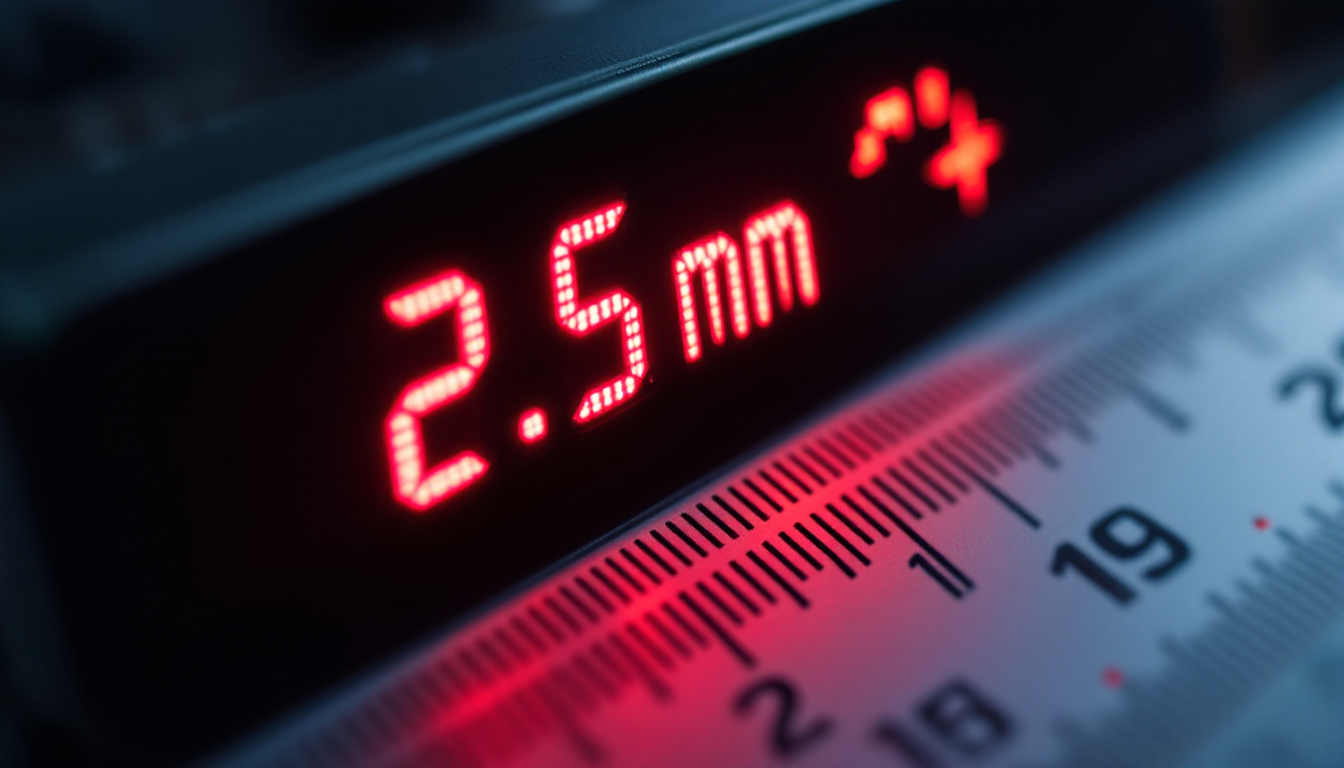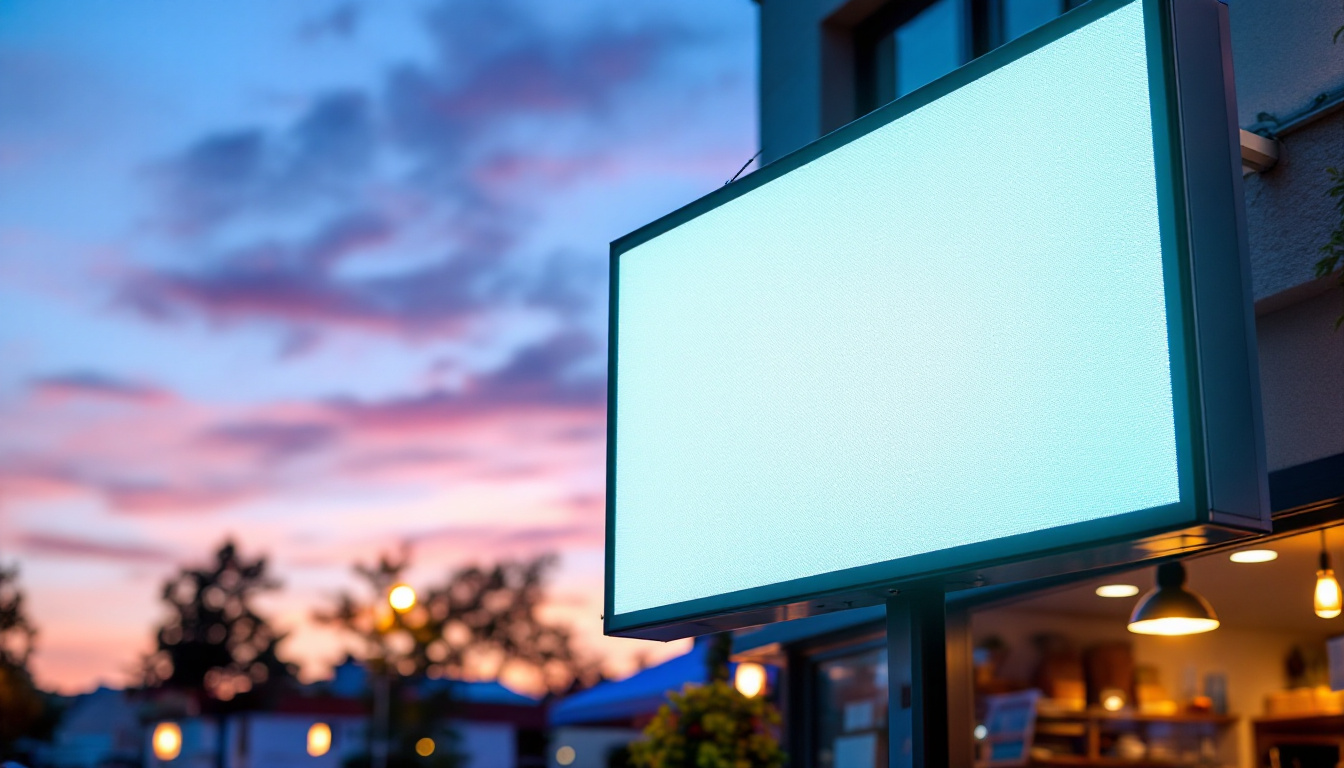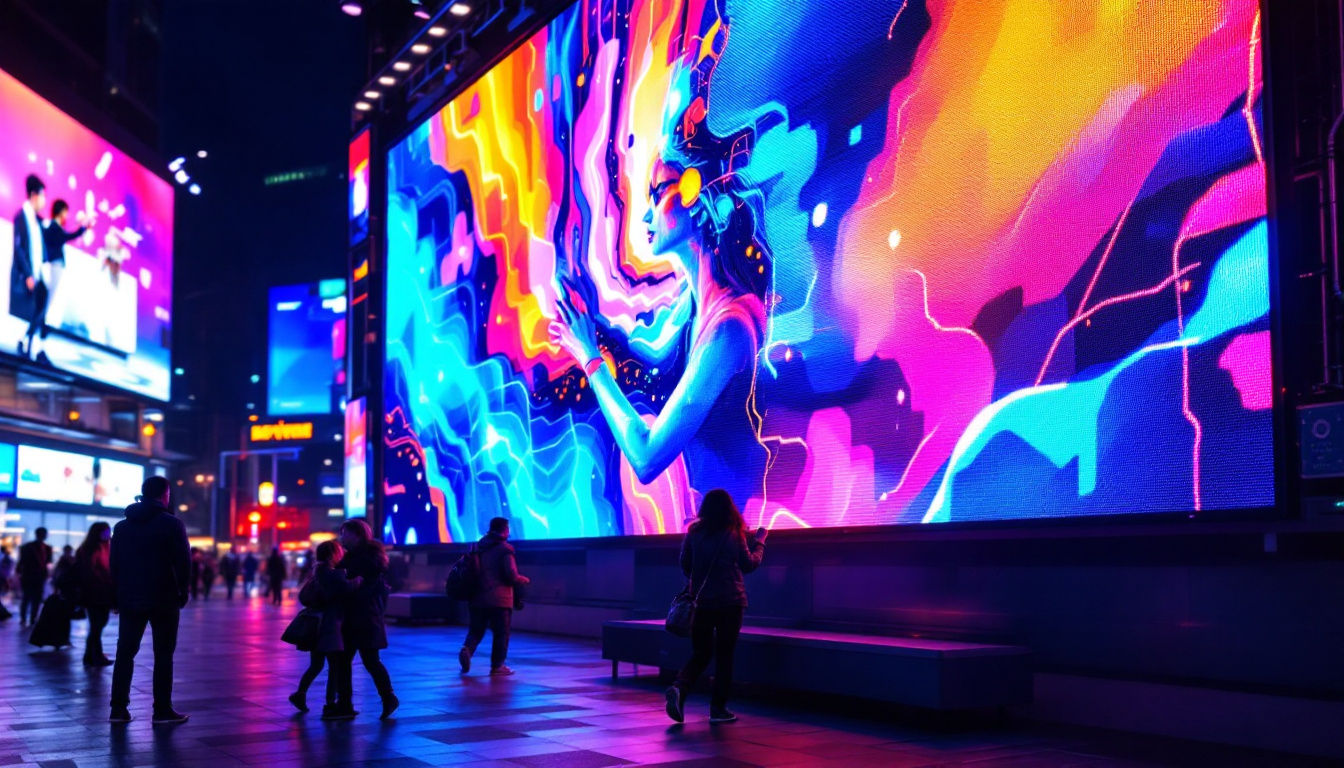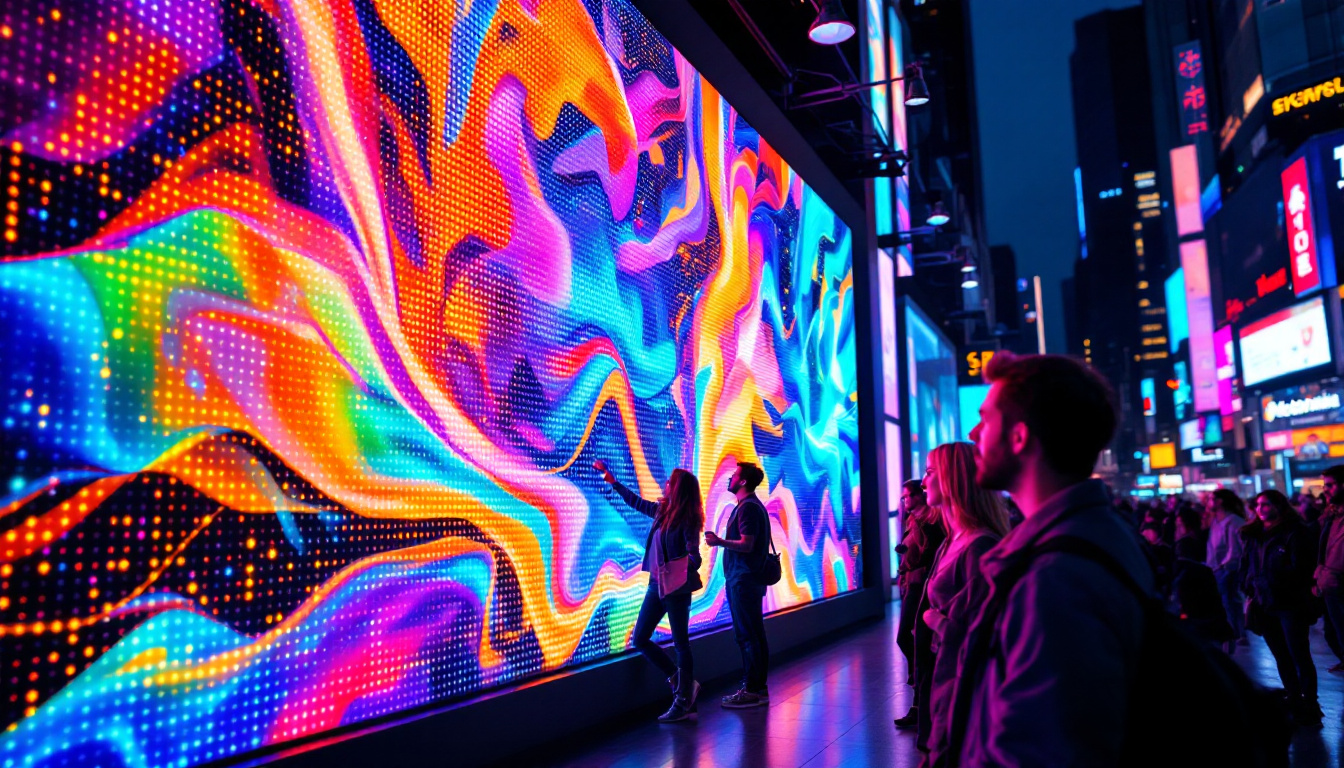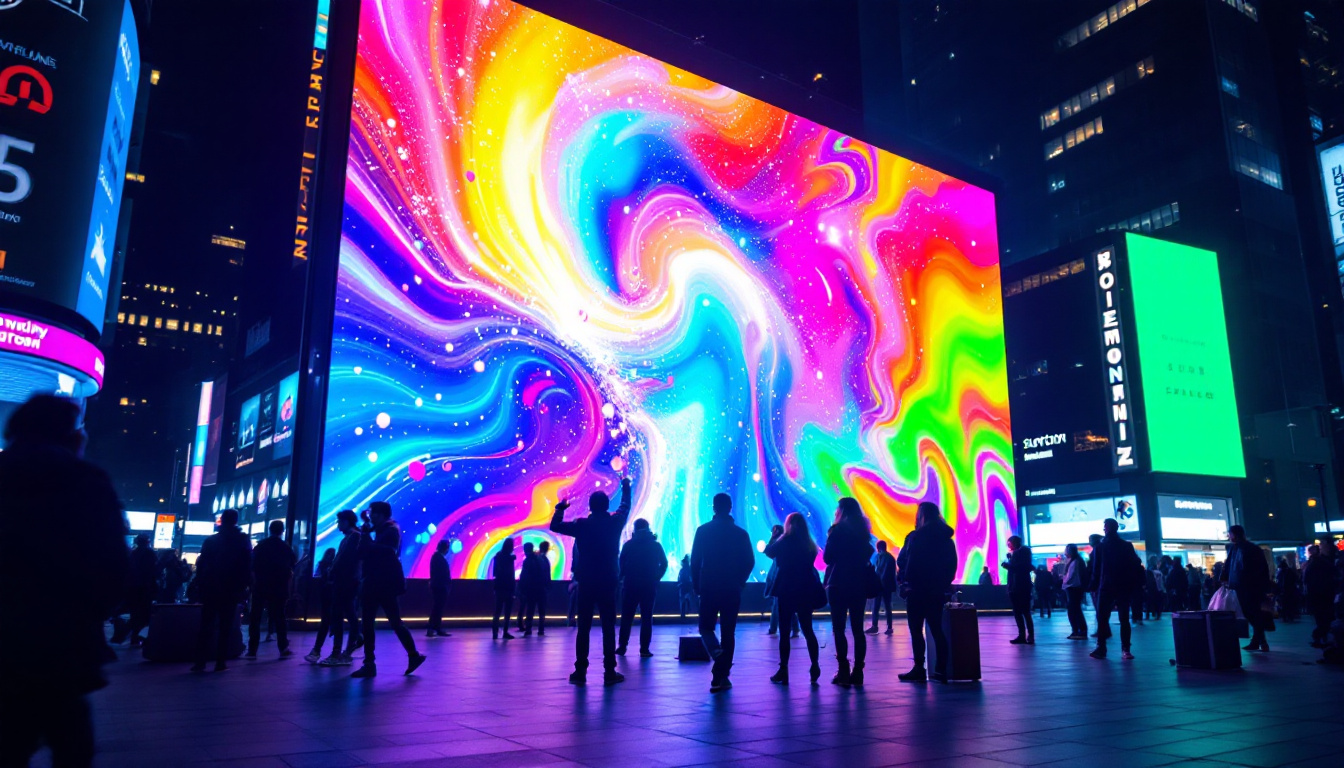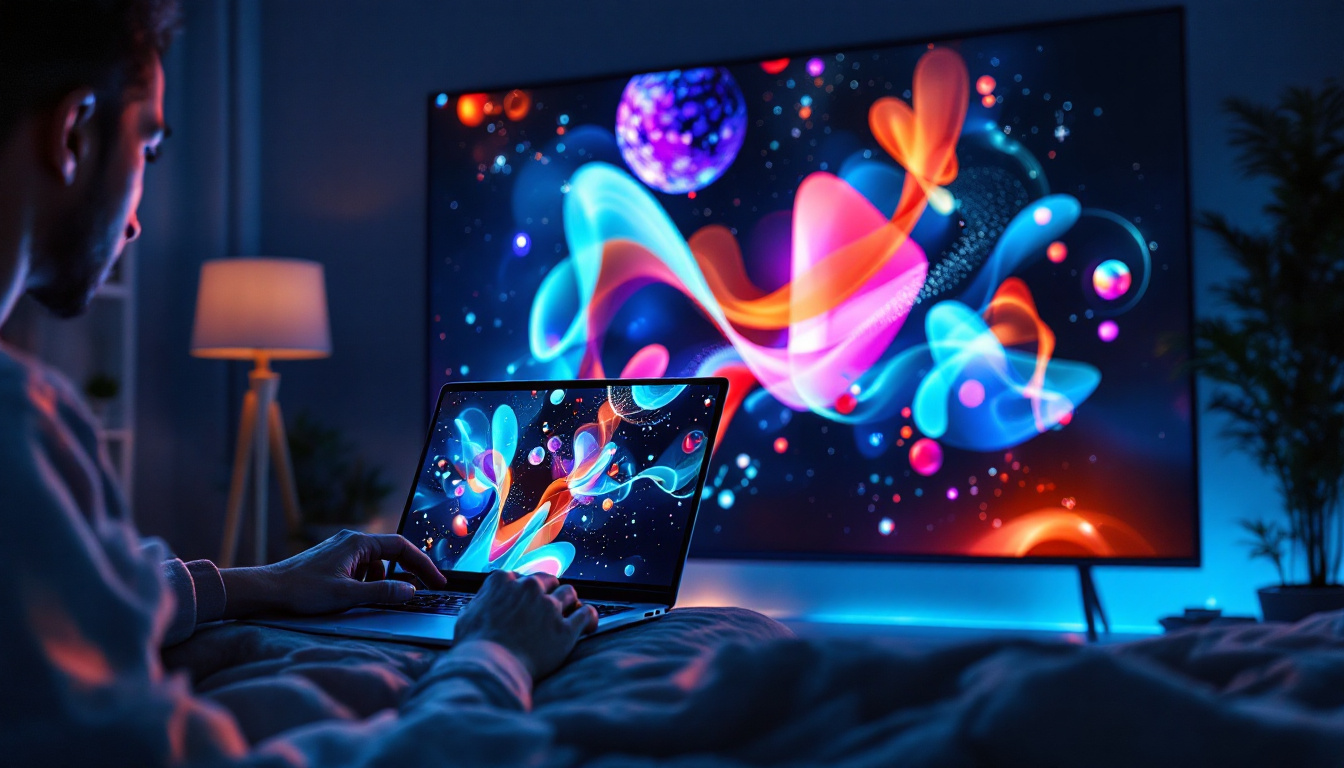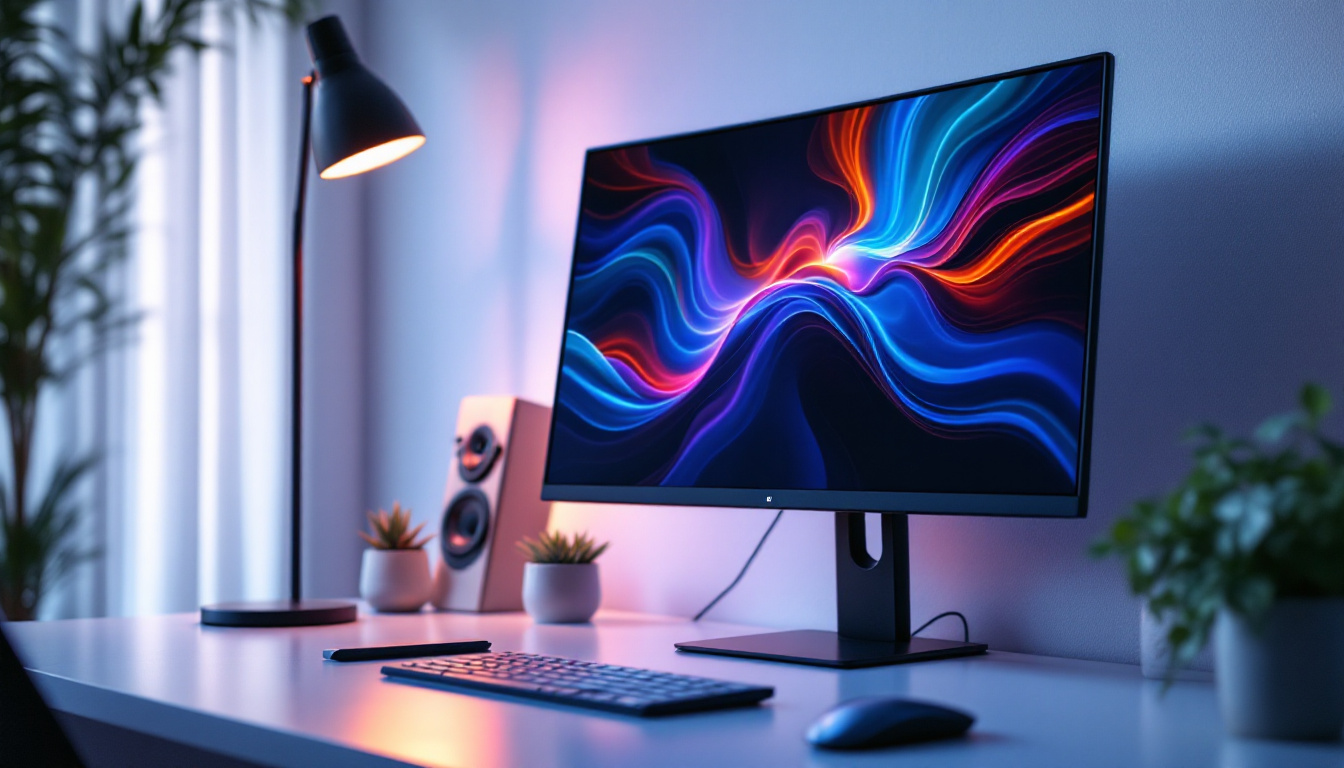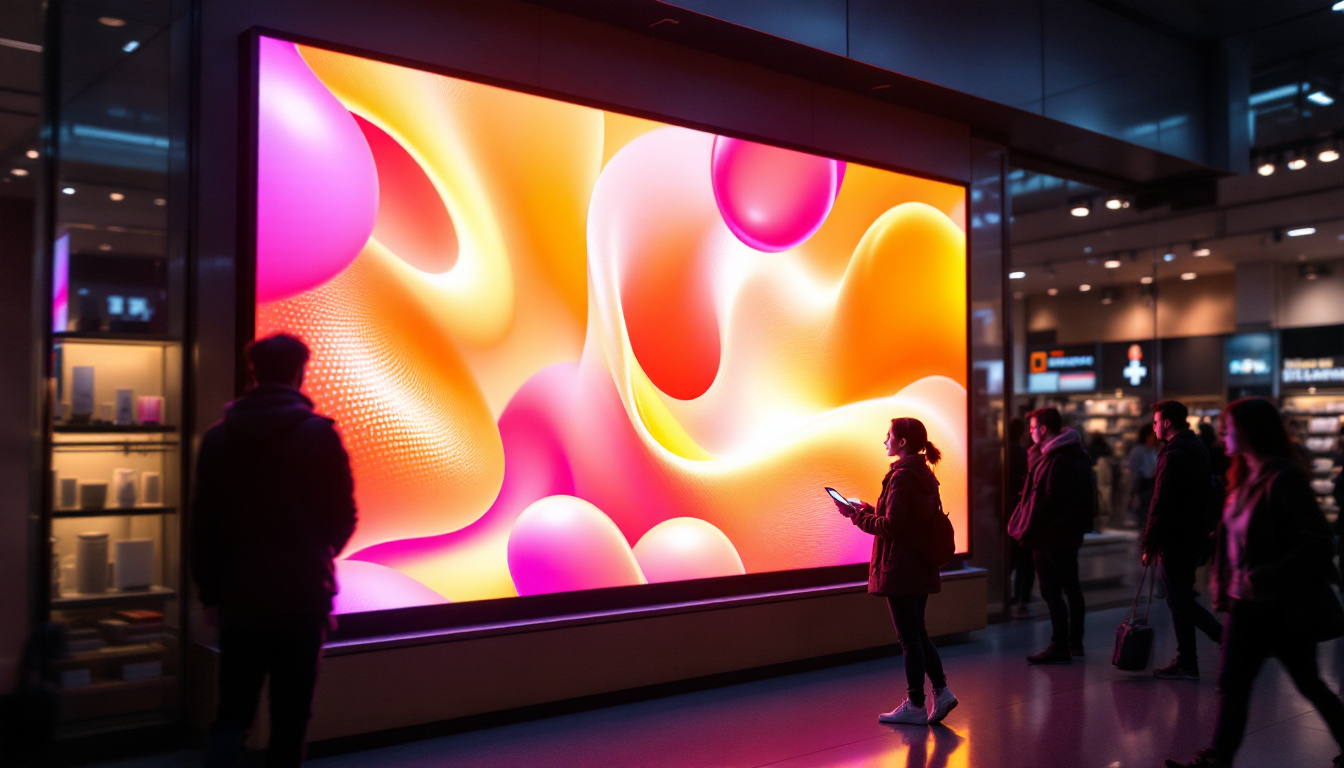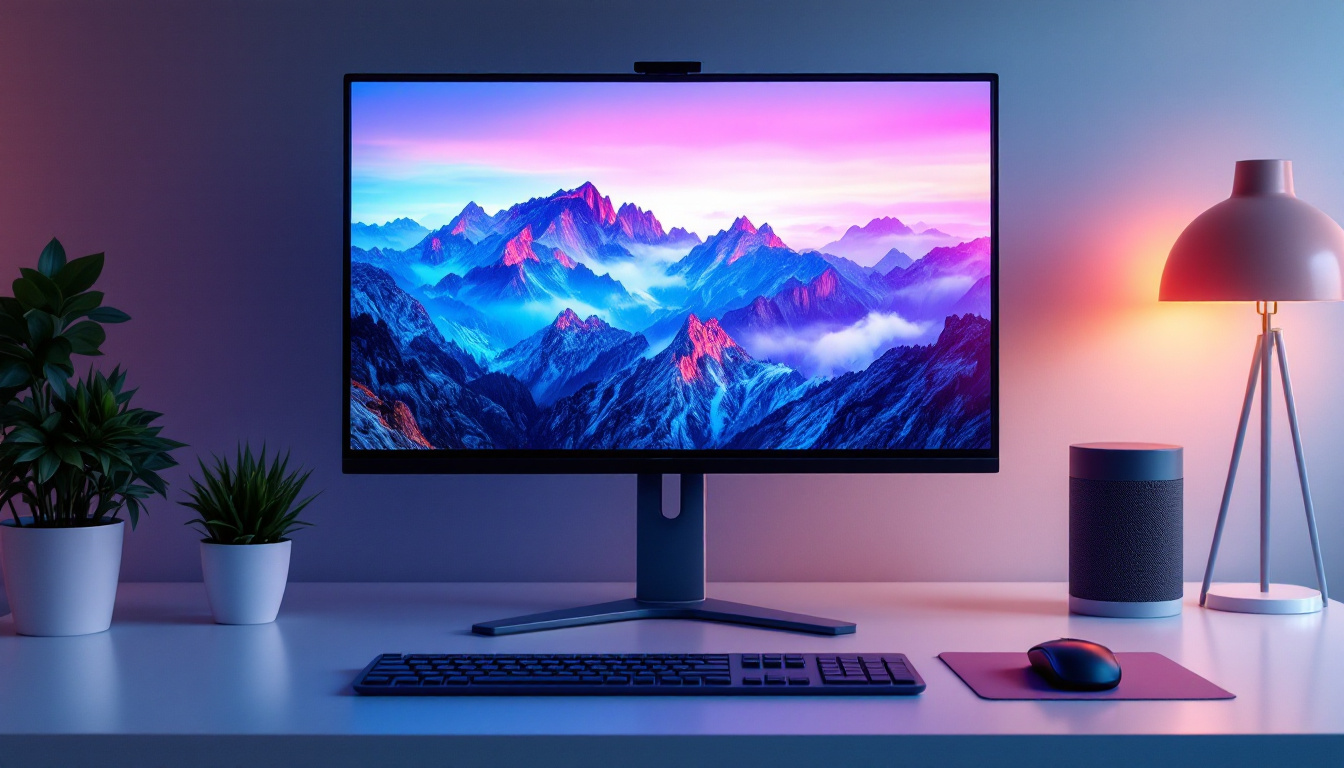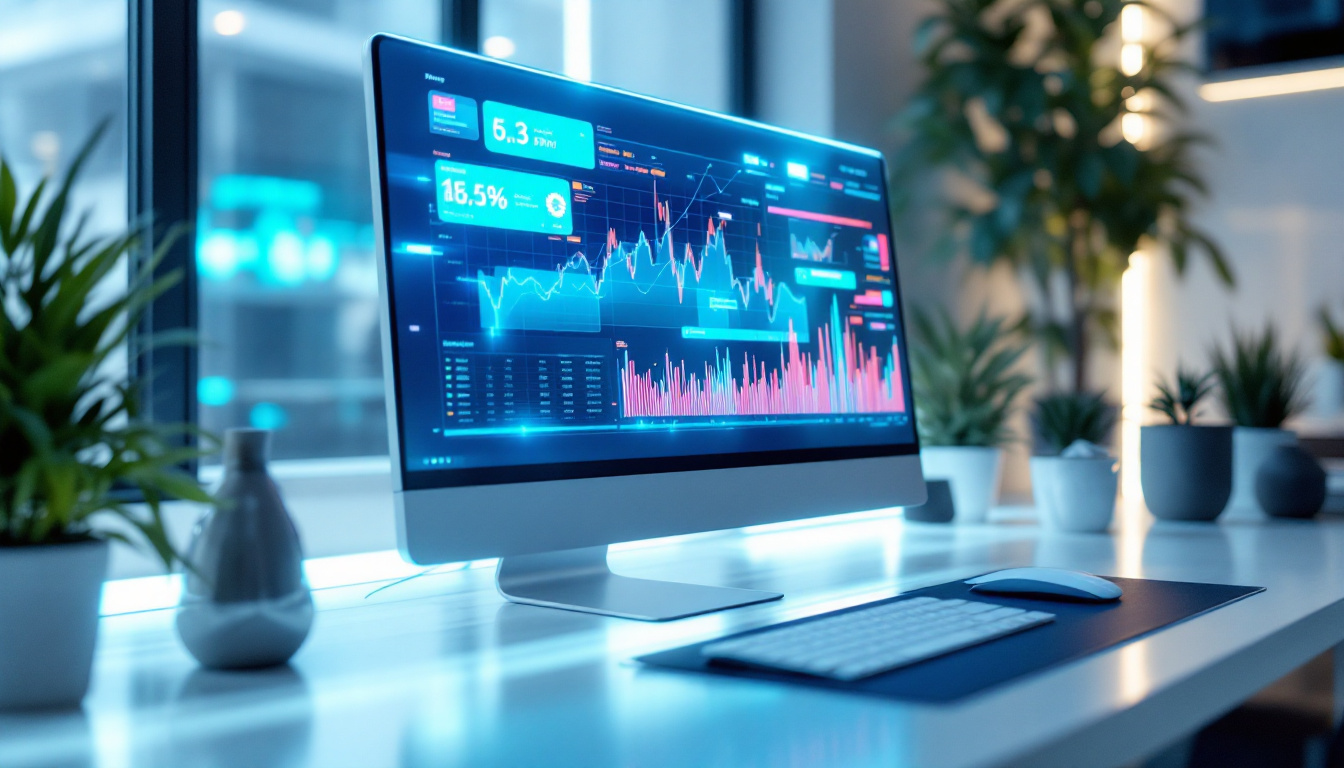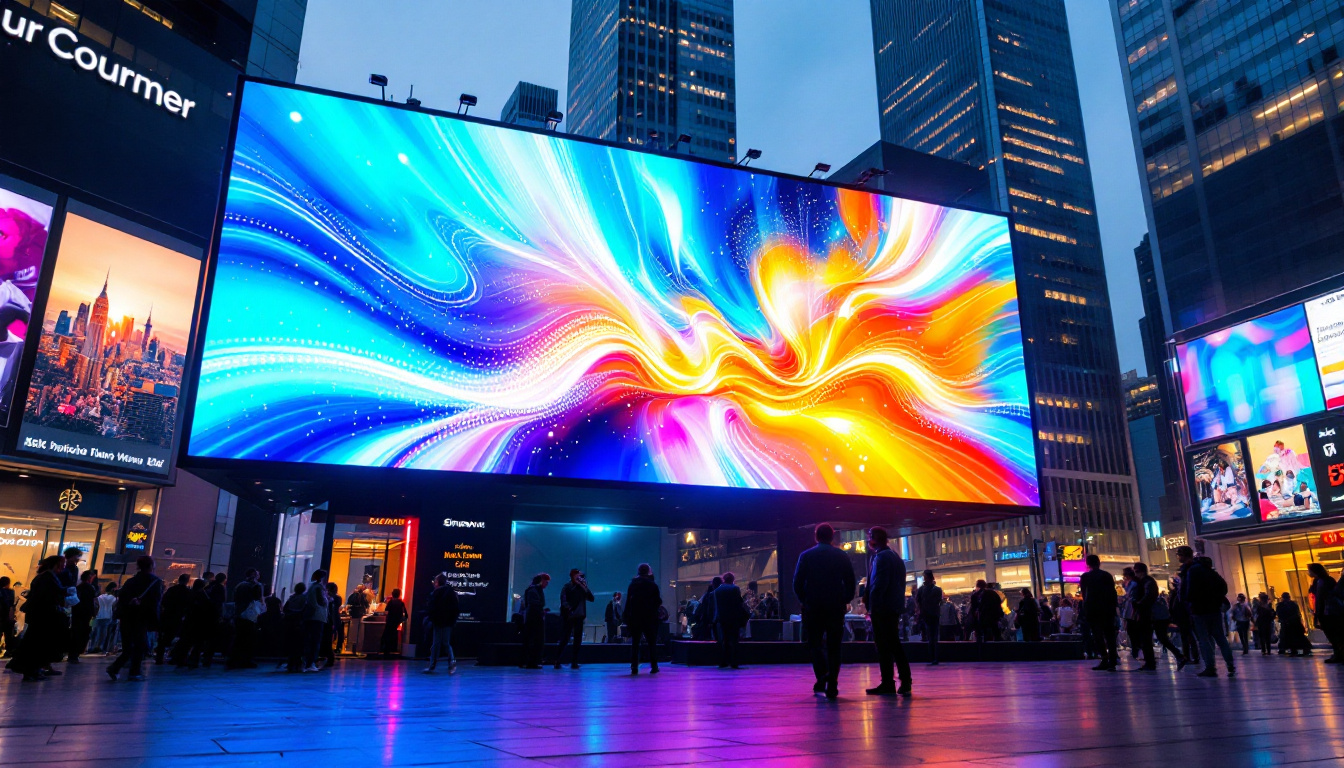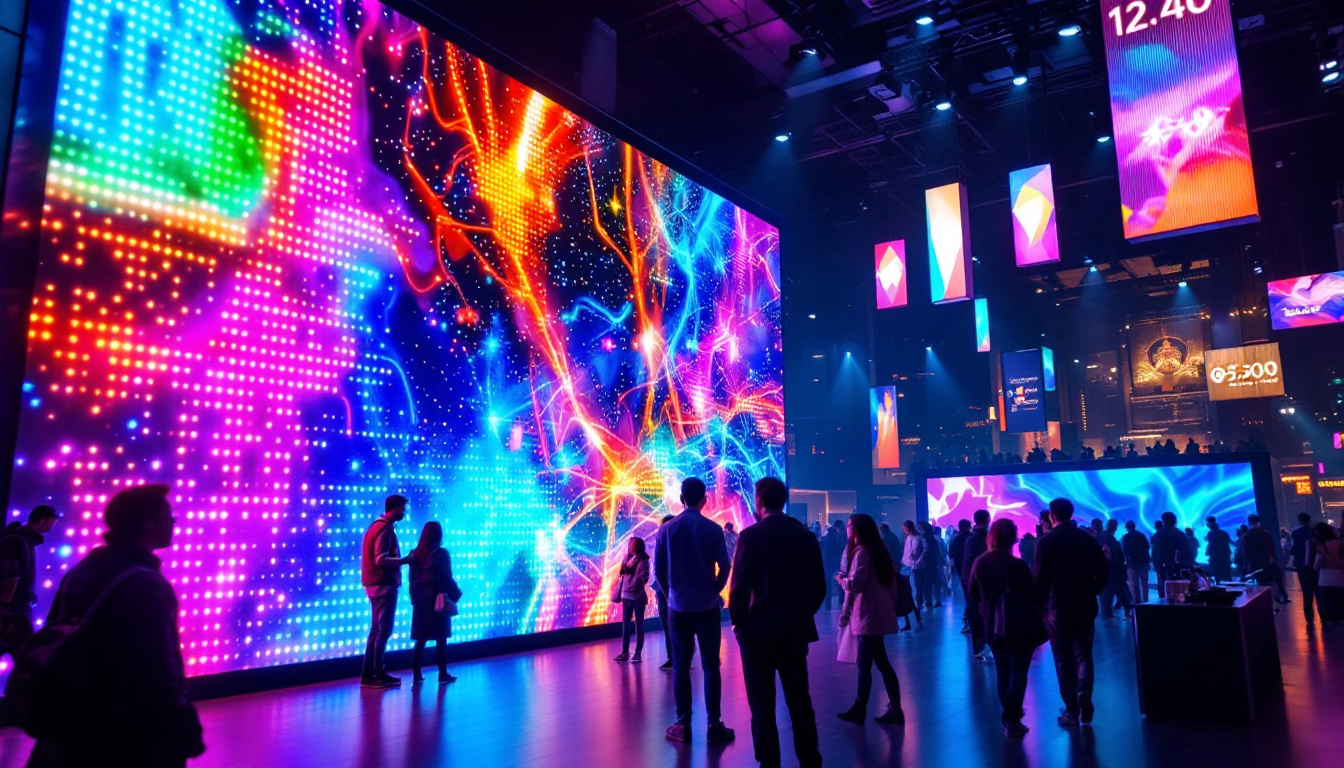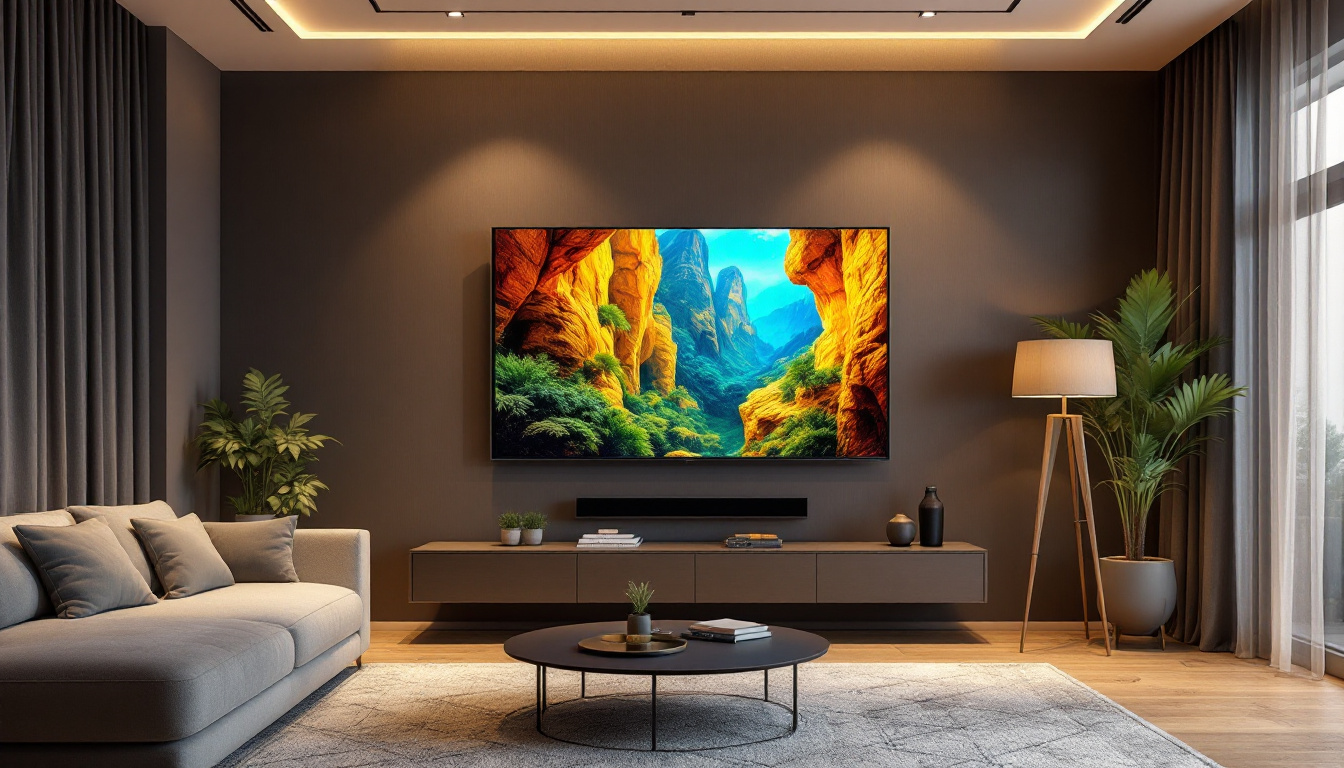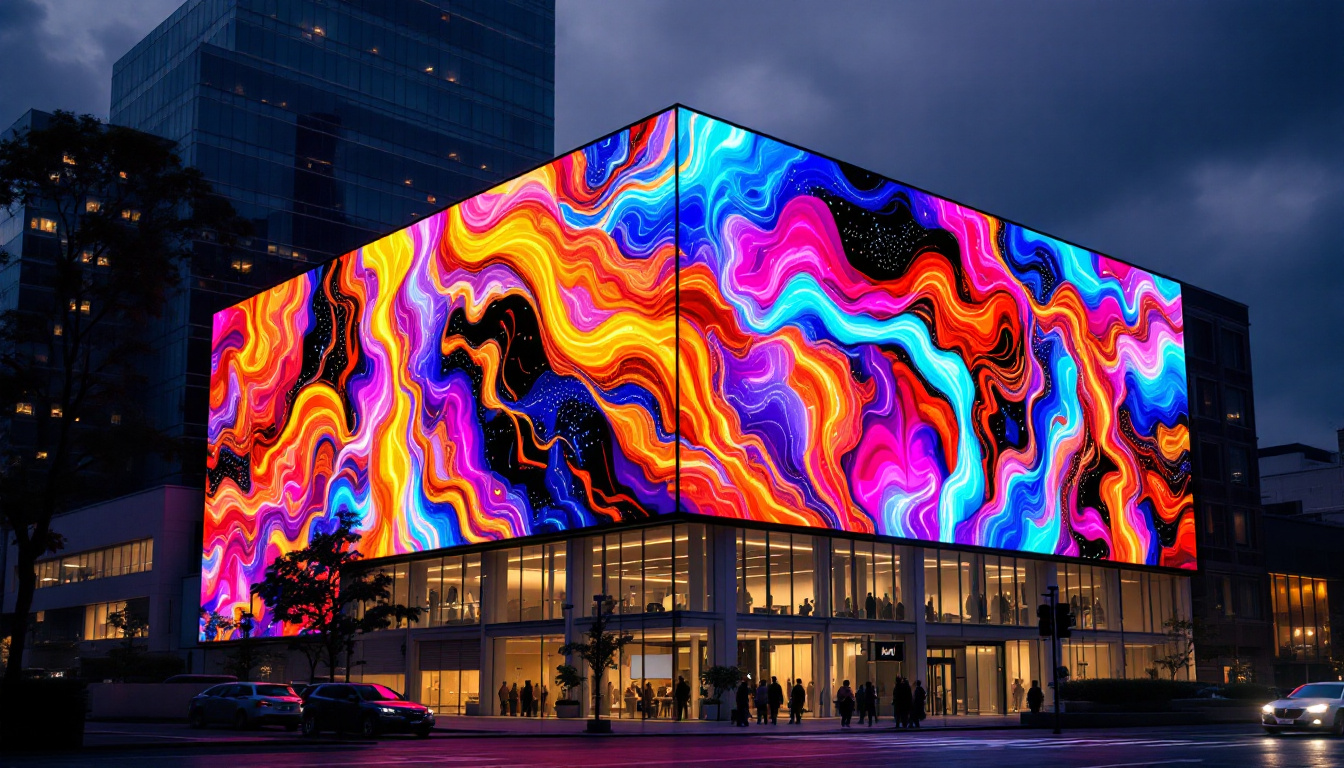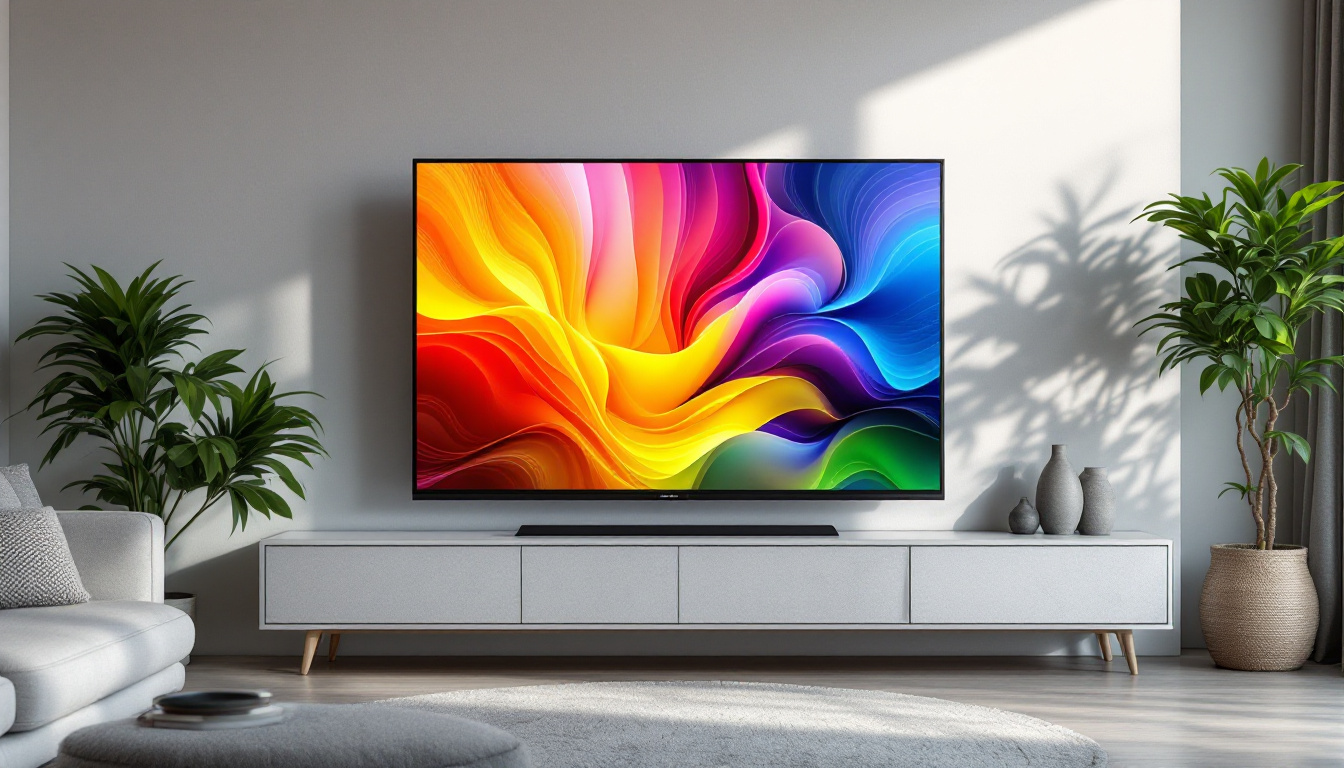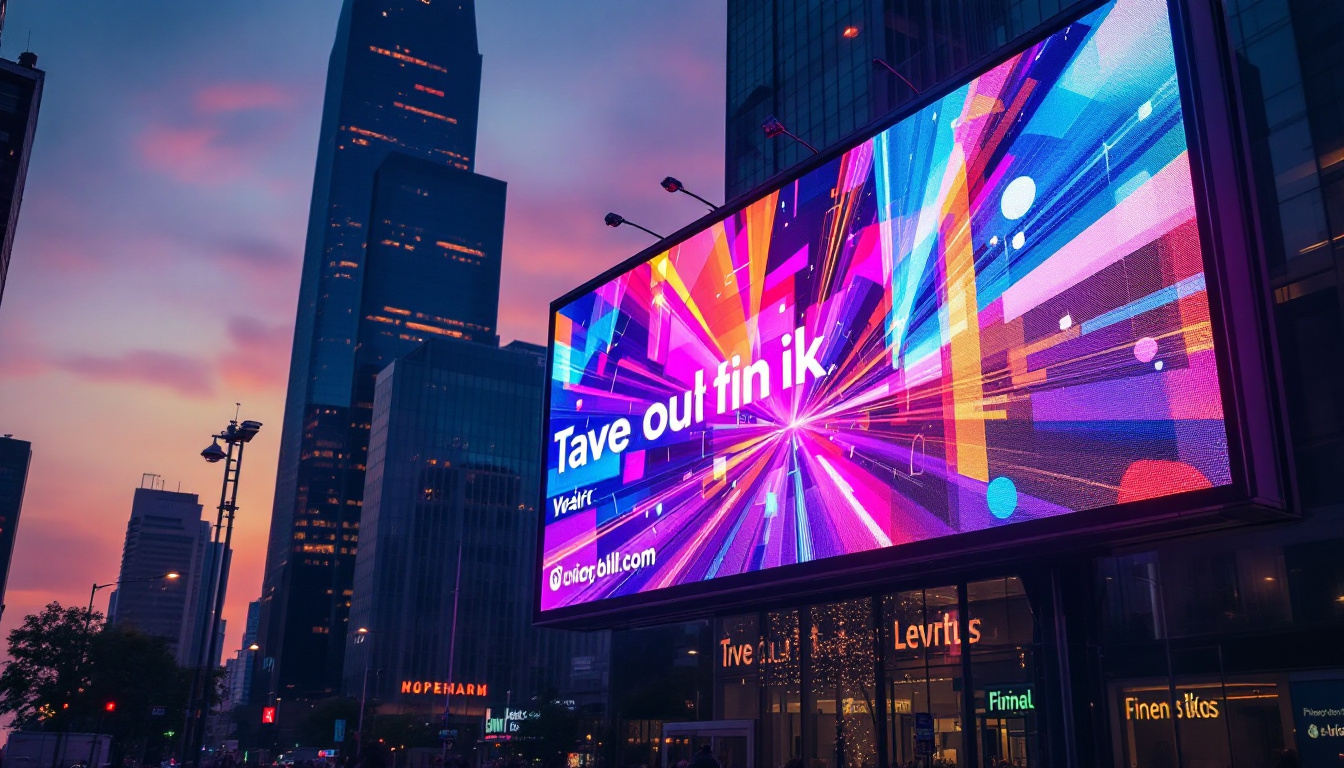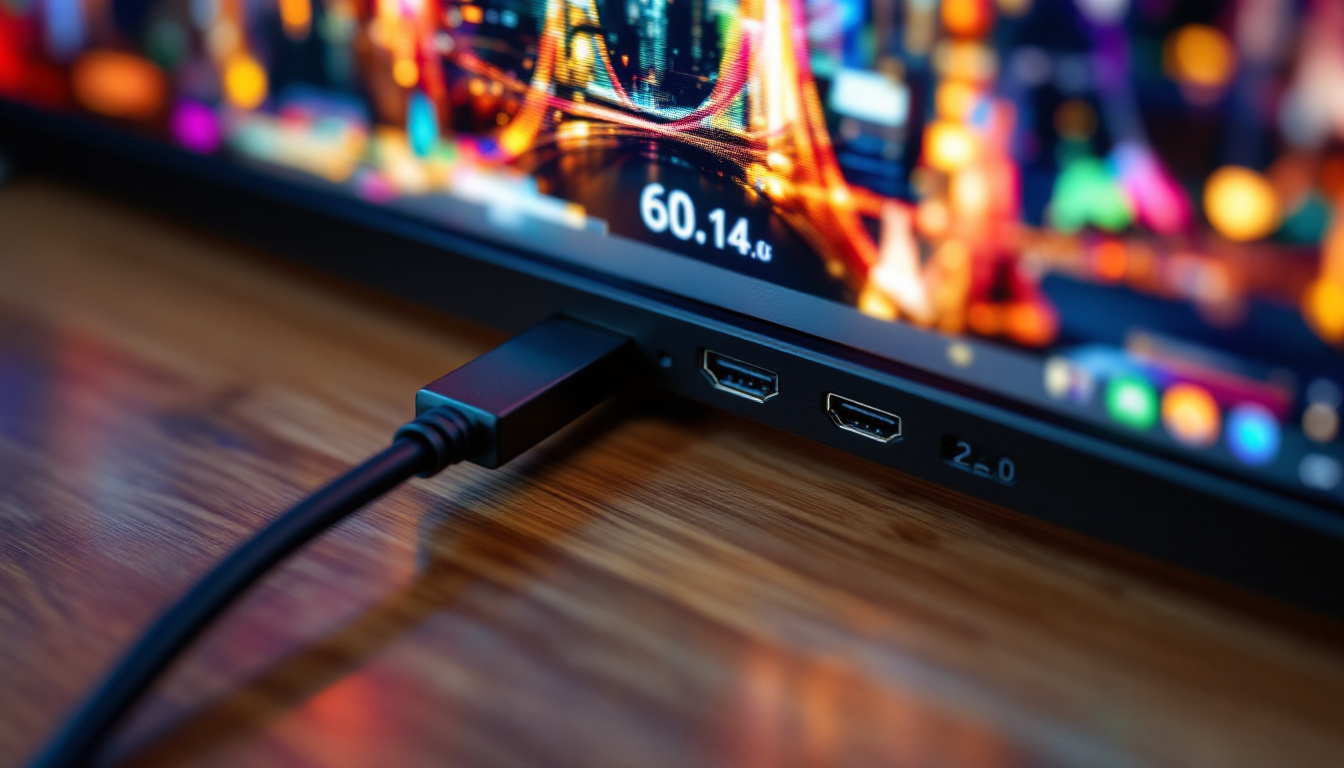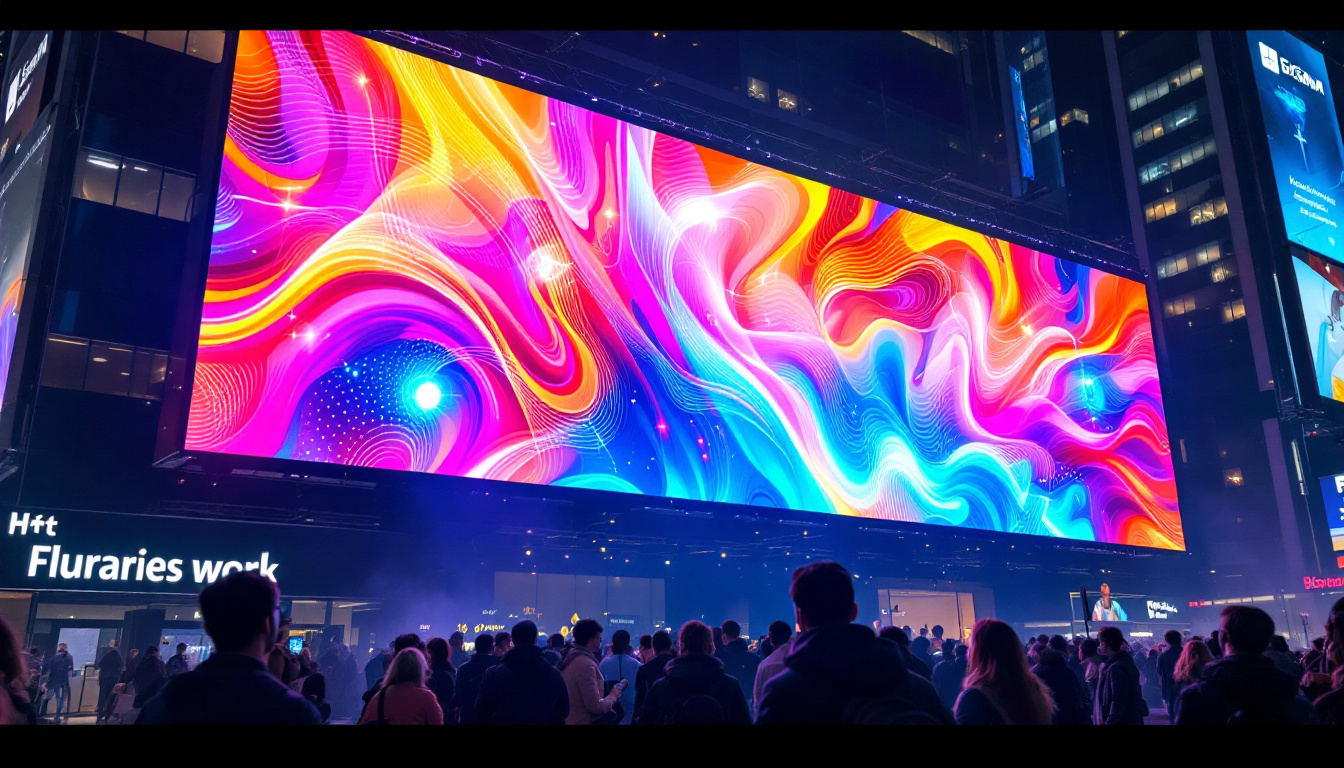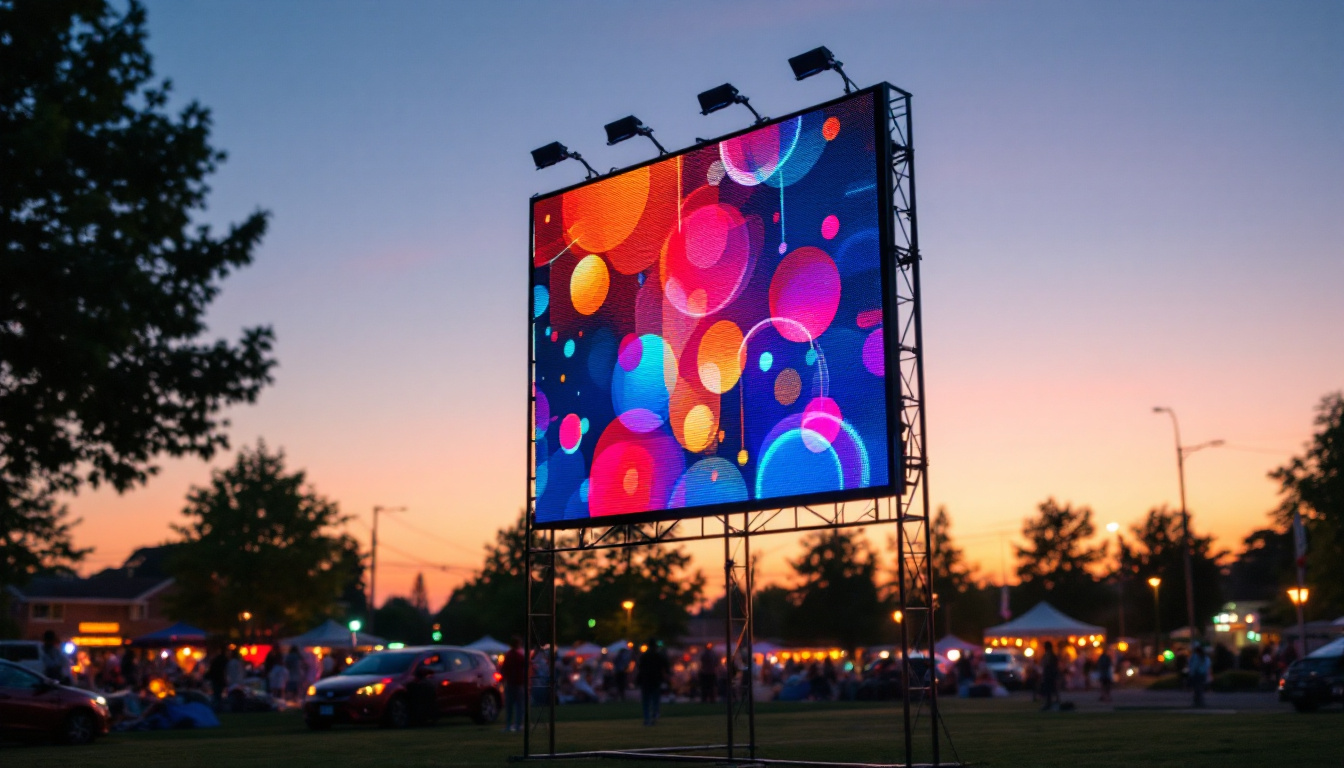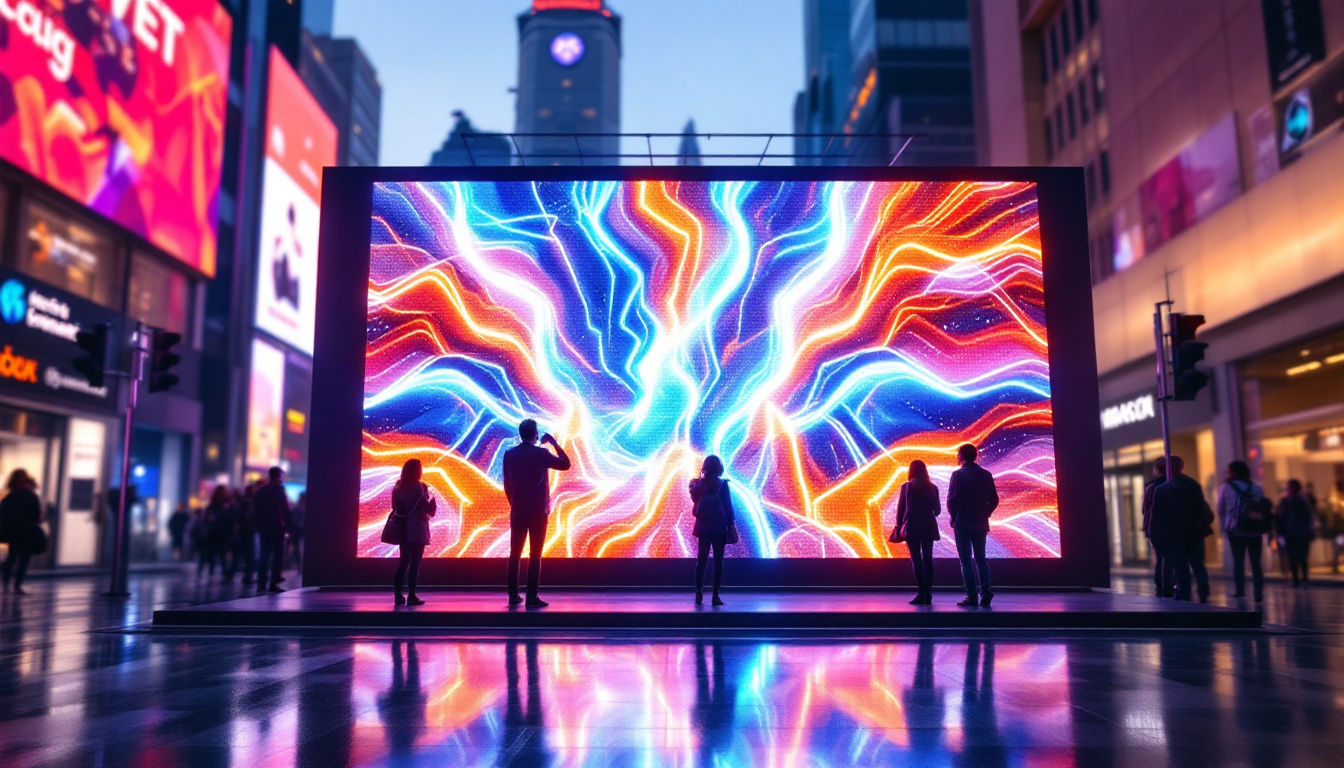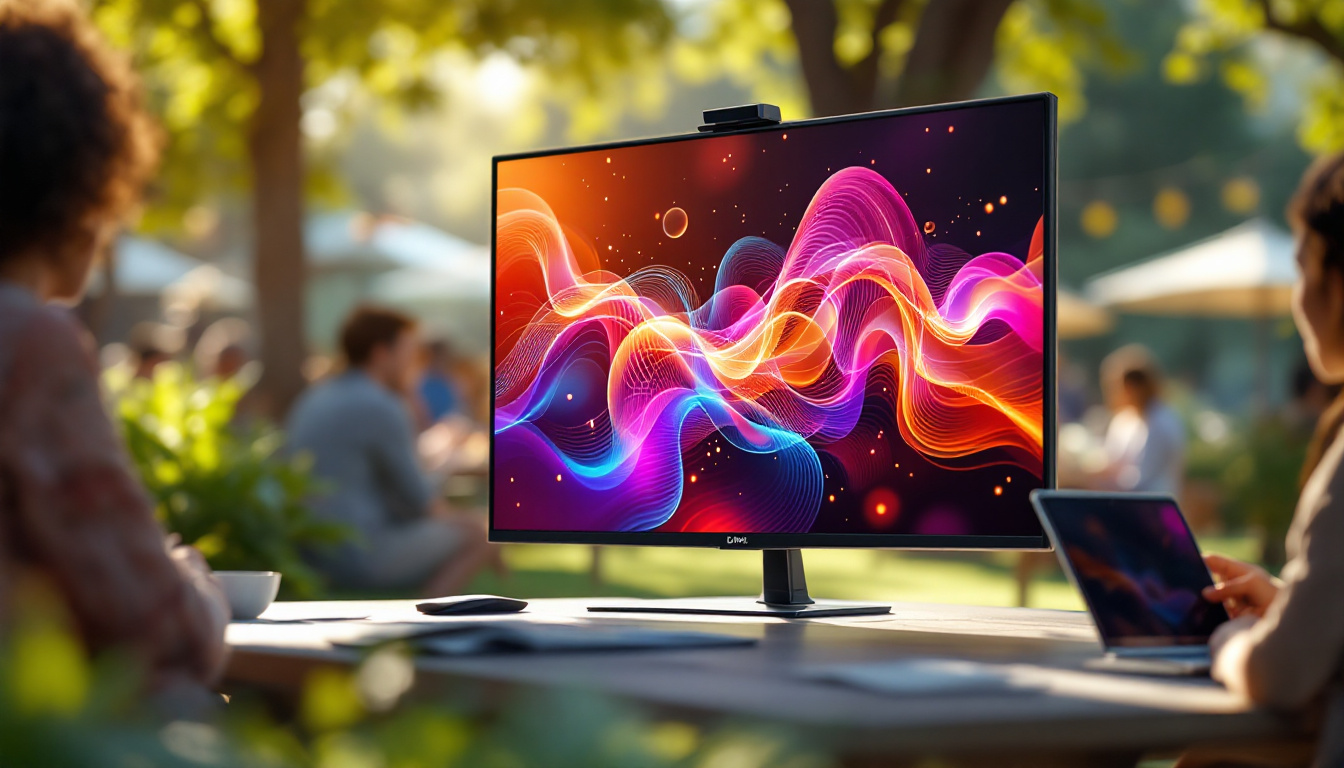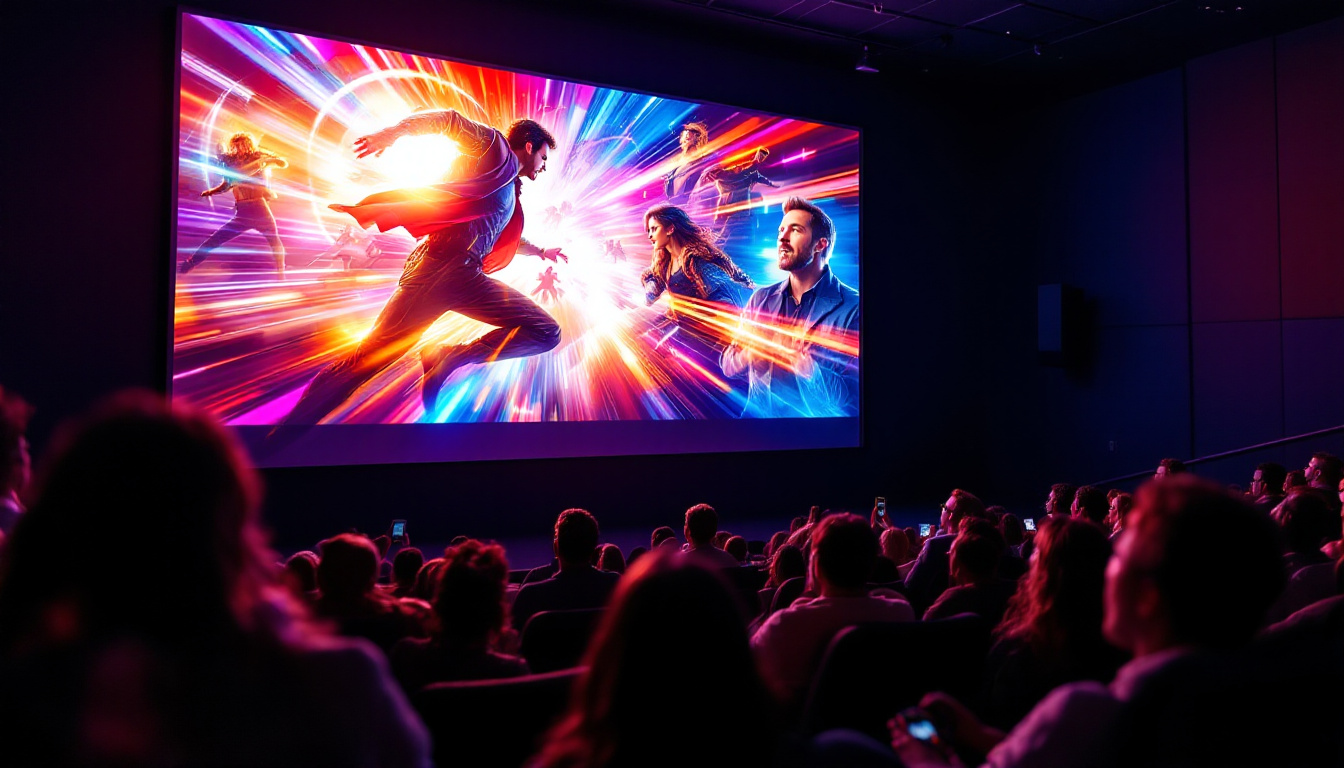In today’s digital age, understanding measurements and conversions is crucial, especially when dealing with technology like LED displays. This article delves into the conversion of 2.5 millimeters to inches and explores the significance of these measurements in the context of LED displays.
Understanding the Basics of Measurement Conversion
Measurement conversion is an essential skill, particularly in fields such as engineering, design, and manufacturing. The ability to convert millimeters to inches is particularly relevant for professionals who work with various display technologies, including LED screens.
Millimeters (mm) and inches are both units of length, but they belong to different measurement systems. Millimeters are part of the metric system, which is widely used across the globe, while inches are part of the imperial system, predominantly used in the United States. Understanding how to convert between these two units is vital for ensuring accuracy in design and manufacturing processes. This skill not only facilitates communication among international teams but also helps in adhering to industry standards that may vary by region.
The Conversion Formula
The formula for converting millimeters to inches is straightforward. Since one inch is equal to 25.4 millimeters, the conversion can be achieved by dividing the number of millimeters by 25.4. For example, to convert 2.5 mm to inches, the calculation would be:
2.5 mm ÷ 25.4 = 0.0984 inchesThis means that 2.5 mm is approximately 0.0984 inches. Such precise conversions are critical when specifying dimensions for components in LED displays. Inaccuracies in these measurements can lead to significant discrepancies in the final product, potentially affecting everything from functionality to aesthetic appeal.
Why Conversion Matters in LED Displays
In the realm of LED displays, dimensions can significantly impact performance and design. Understanding the size of individual components, such as pixels, is essential for achieving optimal display quality. For instance, a pixel pitch of 2.5 mm indicates the distance between the centers of two adjacent pixels.
When designing or selecting an LED display, knowing the pixel pitch helps determine the resolution and clarity of the image. A smaller pixel pitch typically results in a higher resolution, making it ideal for applications requiring detailed visuals, such as digital signage or high-definition video walls. Moreover, the pixel density, which is influenced by the pixel pitch, plays a crucial role in how viewers perceive the display from different distances. Displays with a higher pixel density can offer sharper images and more vibrant colors, enhancing the overall viewing experience.
Additionally, understanding measurement conversions extends beyond just pixel pitch; it also encompasses the physical dimensions of the display itself. For example, knowing the width and height of an LED screen in both millimeters and inches allows designers to create enclosures and mounts that fit perfectly within a given space. This attention to detail is vital in environments where space is limited, such as in retail settings or during live events, where every inch counts in the arrangement of visual elements.
The Role of Pixel Pitch in LED Displays
Pixel pitch is a critical specification in LED display technology. It defines the density of pixels on the screen and directly influences the display’s resolution. Understanding pixel pitch is essential for anyone involved in the design, selection, or installation of LED displays.
Defining Pixel Pitch
Pixel pitch is measured in millimeters and indicates the distance from the center of one pixel to the center of the adjacent pixel. For instance, a pixel pitch of 2.5 mm means that there are 400 pixels per square meter. This high density allows for sharper images and better detail, particularly when viewed from a close distance.
In contrast, a larger pixel pitch, such as 10 mm, would result in fewer pixels per square meter, leading to a lower resolution and less detailed images. Therefore, understanding the pixel pitch is crucial for selecting the right LED display for specific applications.
Applications of Different Pixel Pitches
Different pixel pitches are suited for various applications. For example, a pixel pitch of 2.5 mm is ideal for indoor environments where viewers are close to the display, such as in retail stores or conference rooms. The high resolution ensures that images remain clear and vibrant, enhancing the viewer’s experience.
On the other hand, larger pixel pitches, like 10 mm or more, are more suitable for outdoor displays or large venues where viewers are at a greater distance. In these cases, the lower resolution is less noticeable, and the display can still provide impactful visuals without the need for a high pixel density.
Moreover, the choice of pixel pitch can also be influenced by the type of content being displayed. For example, video content, which often includes fast-moving images and vibrant colors, benefits greatly from a smaller pixel pitch, as it can render details more effectively. Conversely, static images or text-based content may not require such high resolution, allowing for larger pixel pitches to be used without sacrificing quality. This adaptability makes LED displays versatile tools across various industries, from advertising to entertainment.
Additionally, advancements in LED technology have led to the development of finer pixel pitches, such as 1.2 mm or even smaller, which are becoming increasingly popular in high-end applications like control rooms, broadcast studios, and high-profile events. These ultra-fine pixel pitches provide an unparalleled viewing experience, allowing for intricate details to be displayed with stunning clarity, even in large formats. As technology continues to evolve, the options for pixel pitch will expand, offering even more possibilities for creative and effective visual communication.
Factors Influencing LED Display Selection
When selecting an LED display, several factors come into play beyond just pixel pitch. Understanding these factors can help ensure that the chosen display meets the specific needs of the application.
Brightness and Contrast
Brightness is a critical factor in LED displays, especially for outdoor applications. The brightness level is measured in nits, and a higher brightness rating ensures that the display remains visible even in direct sunlight. For indoor displays, lower brightness levels may suffice, but contrast ratio also plays a significant role in image quality.
A high contrast ratio enhances the display’s ability to show deep blacks and bright whites, contributing to a more dynamic and engaging visual experience. Therefore, balancing brightness and contrast is essential when selecting an LED display. Additionally, the technology used in the LED panel can influence these characteristics; for instance, newer models often incorporate advanced technologies like HDR (High Dynamic Range) to further improve contrast and color accuracy, making the visuals more lifelike and vibrant.
Viewing Distance
The intended viewing distance is another crucial consideration. Displays meant for close viewing should have a smaller pixel pitch to maintain image clarity, while those designed for farther distances can utilize a larger pixel pitch. Understanding the typical viewing distance helps in making informed decisions about the display’s specifications.
For example, in a large auditorium, a display with a pixel pitch of 4 mm might be suitable, while in a small meeting room, a 2.5 mm pixel pitch would be more appropriate. This consideration ensures that viewers can appreciate the display’s content without straining their eyes. Furthermore, the layout of the space can also dictate the optimal placement and size of the display; for instance, a wide-angle viewing setup may require a larger screen to ensure that all attendees have a clear view, enhancing the overall experience and engagement during presentations or events.
Installation and Maintenance Considerations
Once the appropriate LED display has been selected, the installation and maintenance processes become paramount. Proper installation ensures optimal performance, while regular maintenance helps prolong the display’s lifespan.
Installation Best Practices
Installation of LED displays should be carried out by professionals to ensure that all components are correctly set up. Factors such as structural integrity, power supply, and connectivity must be carefully considered. Additionally, the display should be positioned at an optimal angle to maximize visibility. This positioning is not only about aesthetics but also about ensuring that the display is easily viewable from various angles and distances, which is particularly important in high-traffic areas.
It is also essential to account for environmental factors, particularly for outdoor displays. Weatherproofing and protection against the elements are critical to prevent damage and ensure longevity. This may involve the use of specialized enclosures or coatings that can withstand harsh weather conditions, such as heavy rain, extreme temperatures, and UV exposure. Proper installation not only enhances performance but also minimizes the risk of future issues. Additionally, it is advisable to conduct a thorough site survey prior to installation, which can help identify any potential challenges related to the location, such as interference from nearby structures or sources of light pollution.
Regular Maintenance
Regular maintenance is vital for keeping LED displays in peak condition. This includes cleaning the display surface, checking for any pixel malfunctions, and ensuring that all connections are secure. Regular inspections can help identify potential issues before they escalate, saving time and costs in the long run. It is also beneficial to establish a maintenance schedule that aligns with the display’s usage patterns, ensuring that the most critical checks are performed during off-peak hours to minimize disruption.
Moreover, software updates may be necessary to ensure that the display operates with the latest features and security protocols. These updates can include enhancements to the display’s brightness, color accuracy, and energy efficiency, which can contribute to a better viewing experience. A proactive maintenance approach can significantly extend the lifespan of an LED display and enhance its performance over time. Furthermore, keeping a detailed log of maintenance activities can provide valuable insights into the display’s performance trends, helping to inform future upgrades or replacements. Regular training for staff on basic troubleshooting and maintenance procedures can also empower them to address minor issues promptly, further ensuring the display remains in optimal condition.
Conclusion
Understanding the conversion of 2.5 mm to inches is just one aspect of navigating the world of LED displays. The significance of pixel pitch, brightness, contrast, and installation practices all contribute to the effectiveness of these displays in various applications. By grasping these concepts, professionals can make informed decisions that enhance visual communication and user experience.
As technology continues to evolve, staying informed about measurement conversions and display specifications will remain essential for anyone working with LED displays. This knowledge not only aids in selecting the right display but also ensures that it performs optimally throughout its lifespan.
Explore Cutting-Edge LED Display Solutions with LumenMatrix
Ready to elevate your visual communication with the latest in LED display technology? LumenMatrix is at the forefront of innovation, offering a diverse range of LED display solutions tailored to meet your specific needs. From captivating Indoor LED Walls to dynamic Outdoor LED Displays, and from versatile Vehicle LED Displays to engaging LED Sports Displays, LumenMatrix has the perfect solution to enhance your brand’s visibility. Discover how our state-of-the-art LED Poster Displays, Floor LED Displays, Custom LED Displays, All-in-One LED Displays, and LED Transparent Displays can create unforgettable visual experiences. Check out LumenMatrix LED Display Solutions today and start transforming your space into a vibrant canvas for your message.

